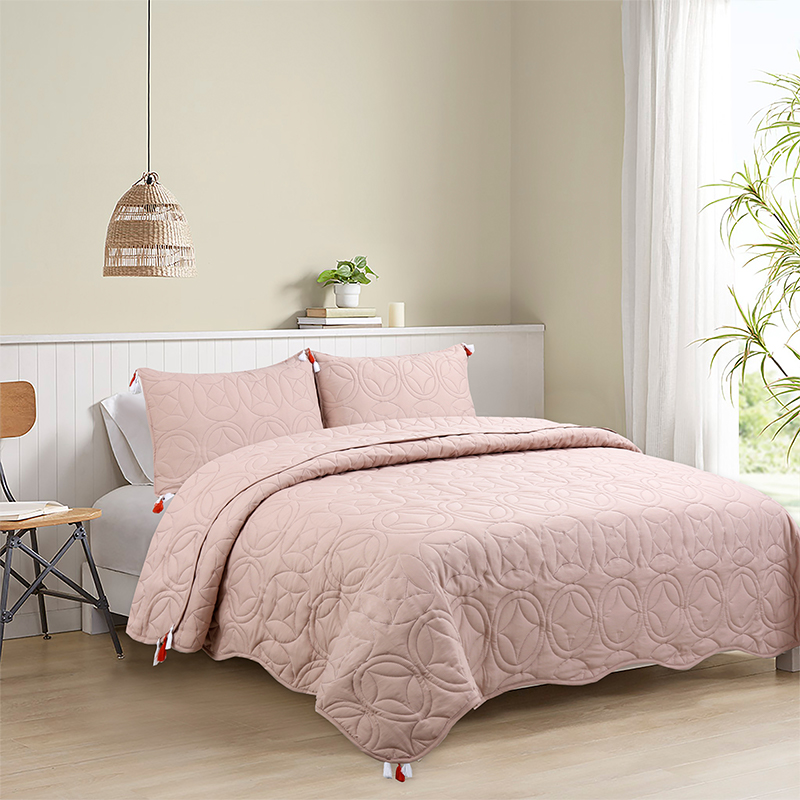Quilting technology has a rich and evolving history, reflecting advancements in materials, techniques, and consumer preferences. Traditionally, quilting involved stitching layers of fabric together to create warm and decorative bedding. This method, known as traditional quilting, has been practiced for centuries across various cultures, often with intricate patterns and hand-stitched details. Early quilts were typically made from scraps of fabric and served both practical and decorative purposes, showcasing the craftsmanship and creativity of their makers.
The 19th and 20th centuries saw significant developments in quilting techniques with the advent of industrialization. The introduction of sewing machines revolutionized the quilting process, making it faster and more efficient. Machine quilting allowed for the creation of more consistent patterns and greater durability, which was particularly beneficial for mass-produced quilts and comforters. Alongside this, synthetic fibers and batting materials began to replace natural fillings like down, enhancing the functionality and affordability of quilts.

The evolution of quilting technology reached a new milestone with the advent of ultrasonic quilting. Unlike traditional methods that rely on stitching to bond fabric layers, ultrasonic quilting uses high-frequency sound waves to create a seamless bond between layers. This method involves passing ultrasonic waves through the fabric layers, which causes them to fuse together without the need for thread or needle. The result is a quilt that is exceptionally lightweight, durable, and resistant to unraveling even after multiple washes. This technology represents a significant departure from the tactile and visually distinct nature of traditional quilts, as ultrasonic quilts lack visible stitching lines and often feature a more streamlined appearance.
Ultrasonic quilting addresses some of the limitations of conventional quilting by enhancing the overall comfort and practicality of the product. The absence of stitching allows for greater breathability, making ultrasonic quilts ideal for hot weather as they prevent overheating while maintaining a soft and comfortable feel. The use of high-quality microfiber in ultrasonic quilts further contributes to their softness and longevity, while the advanced bonding technique ensures that the quilts remain intact and functional over time. This technology also caters to modern consumers who seek durable and easy-to-maintain bedding solutions, especially those with pets or children.
As quilting technology continues to evolve, ultrasonic quilting represents a convergence of traditional craft and cutting-edge innovation. It reflects a broader trend in the textile industry towards improving functionality and convenience without compromising on comfort. While traditional quilting techniques hold cultural and historical significance, ultrasonic quilting offers a glimpse into the future of textile manufacturing, where advanced technology meets practical design. This evolution highlights the ongoing quest to enhance everyday products, blending historical craftsmanship with contemporary advancements to meet the needs of modern living.
